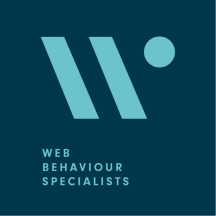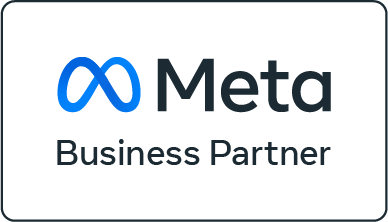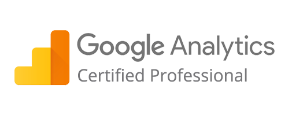If you had a quick look around our website you might have noticed that we’re not selling any “magic” tools that will improve your ROI. We are writing this blog article as marketers, as we want to share from our experience in obtaining the best ROI by using MarTech solutions.
Even though MarTech is a fairly recent term, marketers have been using it for quite some time and nowadays, as digital marketers, we cannot do our job without it.
MarTech stands for Marketing Technology and it is literally the technology that we use in marketing to make it work. Many marketers confuse this term with “AdTech”. But it is more than that. While AdTech is which is short for Advertising Technology and broadly refers to different types of analytics and digital tools used in the context of advertising (definition and more here), MarTech covers a larger area and incorporates AdTech.
 Before diving into top recommendations check the list below to see if you are facing any of these challenges:
Before diving into top recommendations check the list below to see if you are facing any of these challenges:
1. Not able to accurately measure the ROI coming from MarTech.
2. Not sure how to make sure that the solution you are buying/planning to develop would fit the entire marketing processes and existing solutions.
3. Even though it’s automation, you are still doing things manually to put everything into place and see the bigger picture.
In this article we’ve put our top 8 recommendations that will help you tackle any of the challenges mentioned above.
This being said, let’s go through our top recommendations and stats regarding Marketing Technology:
Is your MarTech helping you understand the full customer story?
ROI coming from SEO/SEM is one of the quickest and easiest to measure but in our opinion, they should be used mainly as a discovery phase, as they are not showing you the entire customer story. Your MarTech solutions should fit in such a way that you can easily see the full customer story.
1. Think frameworks, not features!
Have a look at your customer journey from stranger to returning customer. What are the points that he interacts with you or that you can measure online? There, now you can see what solutions you could use and this is our first recommendation: Think frameworks, not features!
If parts of your business or solutions are communicating with each other, most likely your company cannot communicate with its customers. A great deal of value for any marketing automation system is in the connections between the parts, rather than the application itself.
2. Marketing automation tools’ reply rates
In the acquisition stage many marketing/sales automation tools boast about really high reply rates, making other tools seem inefficient when it comes to conversion rates, but be aware as these reply rates also have the “not interested” replies as well.
This is something that you need to know before investing in marketing/sales automation. If the vendor cannot tell you an average of positive answers then choose another who can. If you still want to use that certain tool, we suggest a small test before jumping full speed into implementation/usage.
3. Create checklists together with your IT department
In the planning stage, work together with the IT department and create a checklist for the solution(s) you want developed or purchase. Explain exactly what you are expecting, how you are going to use it and most importantly, how you will measure. It will save you a lot of headache further down the line.
4. Plan from the bottom up
Plan from the bottom up, or how we like to call it: “backwards planning”. Start with the end goal in mind for the period you are planning and based on what you need to do, you can create the budget. This is an option that will help you improve the ROI rather than starting from what budget you have available. Just a short example to clear it up:
You are planning for this year to obtain 200 lead per month -> divide them on sources and then, for each source use estimate conversion rates between customer journey steps to see what tools you need and most importantly how much you need to invest.
5. Expand your efforts based on “time-to-impact”
As you go through your financial year you might need to give your marketing an extra push to bring more results. The smart thing to do in this case is to expand your efforts on “how much time it will take if I implement this action to generate results”. This way you know that you are expanding your efforts with ROI efficient activities.
6. Develop the right internal expertise… or outsource it
Imagine you have a bicycle that you ride every day to work. One day someone asks you why you are caring your backpack as the bike has a basket. Maybe it is an implausible example but that is how we feel if we are not making the best out of our MarTech solutions. In order for you not to feel the same and to leverage on the full marketing technology stack, make sure that you have the right expertise on the tools that you are using.
7. Measure based on customer journey rather than channels
Stop measuring only in silos! Overview measurement is also needed. It is good to measure how one channel/tool/solution is performing but only doing that is not enough. Have an overview picture of how everything is adding up at the end of the day. We had situations in which the clients stopped using an apparently inefficient activity, ROI wise, and we saw a drop across all other activities.
8. Measure the same KPIs
Our most successful clients are applying this. Both between channels and throughout time, as they need to see a constant evolution of the same indicators. Of course, you can add new ones as you go but make sure you have a core KPI list that is helping you see the big picture both throughout time and cross-channel.
And in our opinion, until we change it, these are the top 8 recommendations that you could use in order to improve the ROI obtained by your MarTech.
Have in mind that this is a general article about MarTech ROI improvement, and if you are interested in finding out how you can improve it for your company, do not hesitate to contact us.








